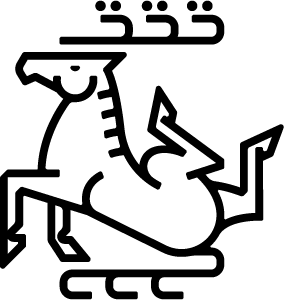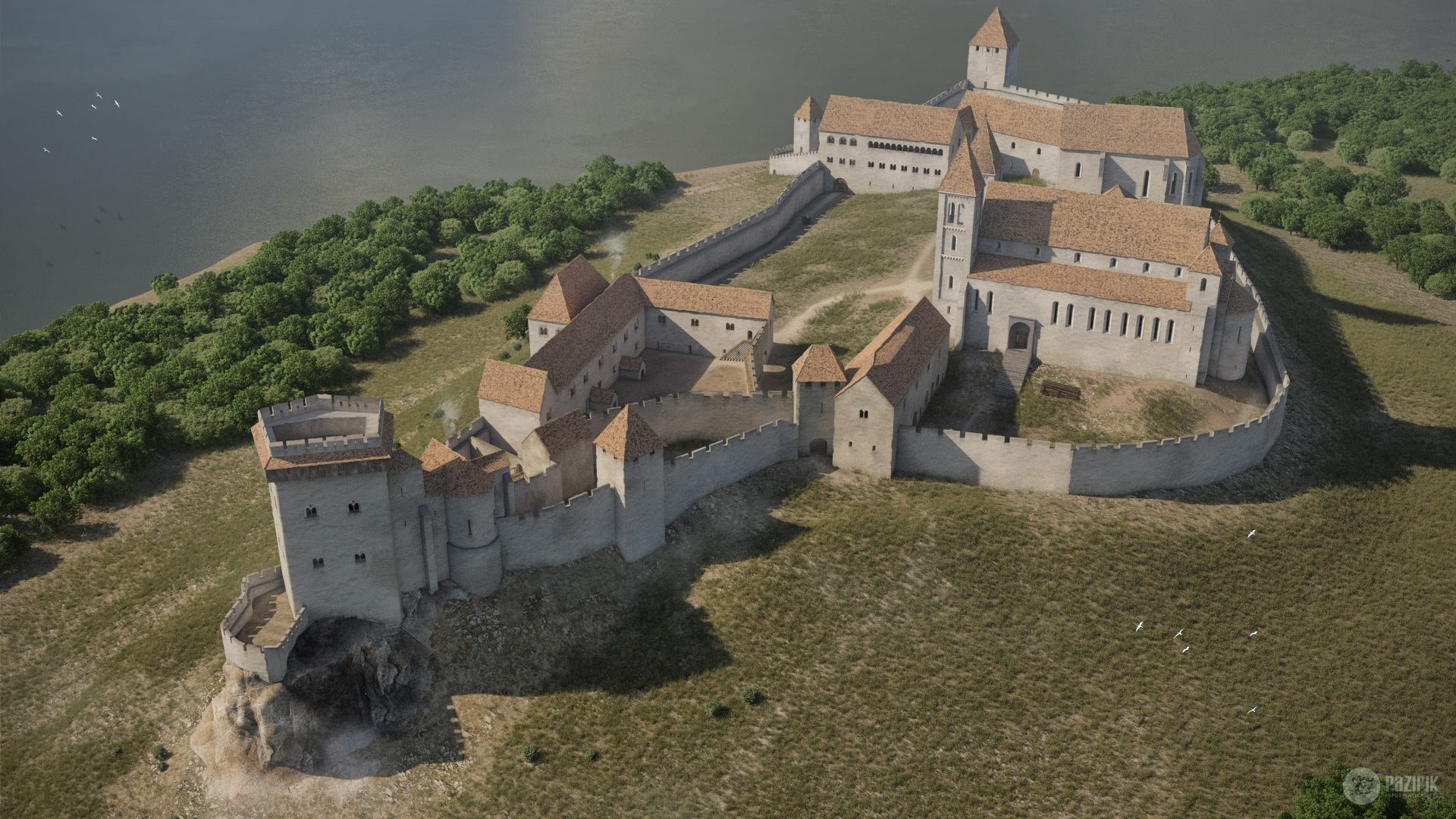
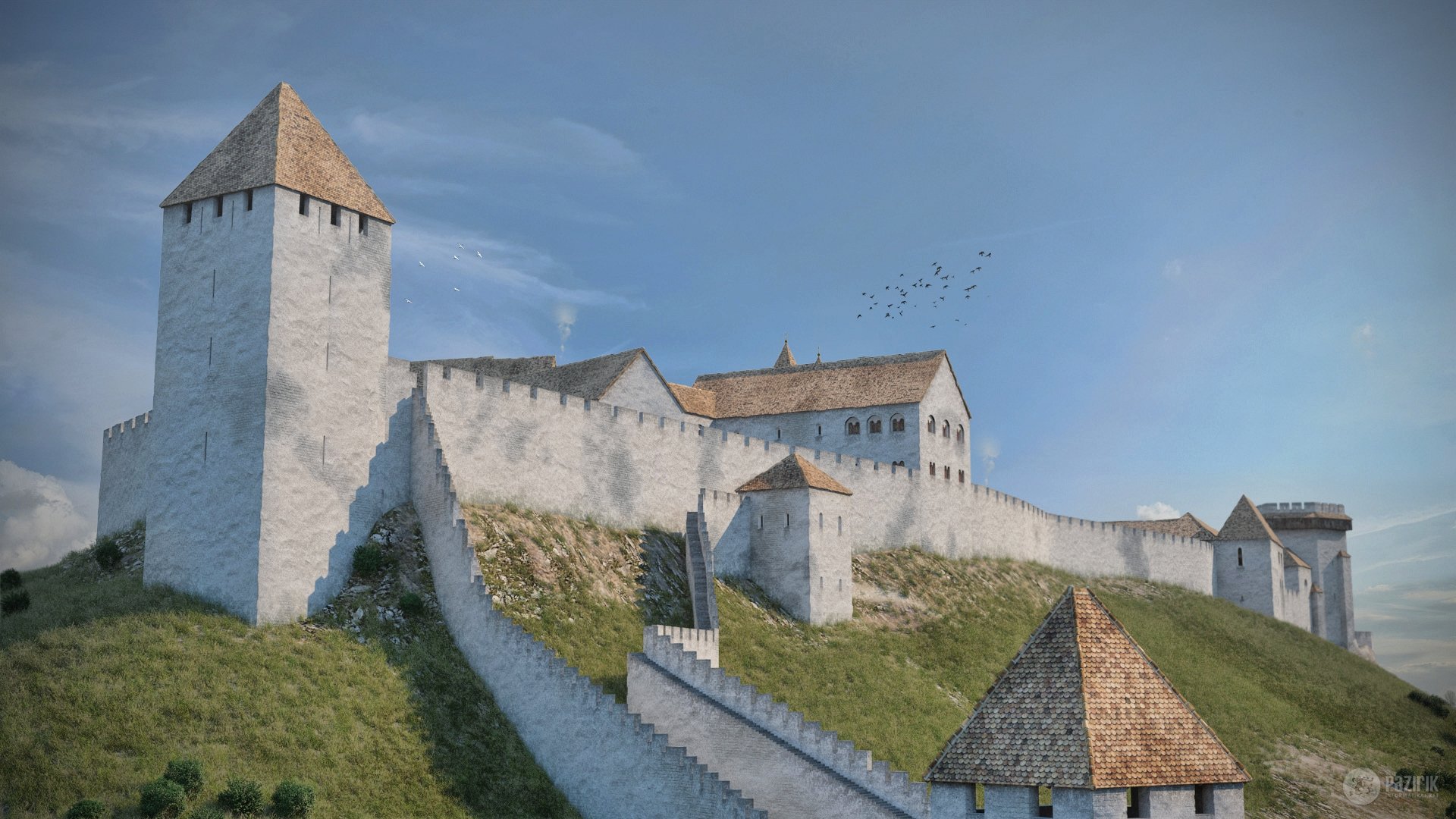
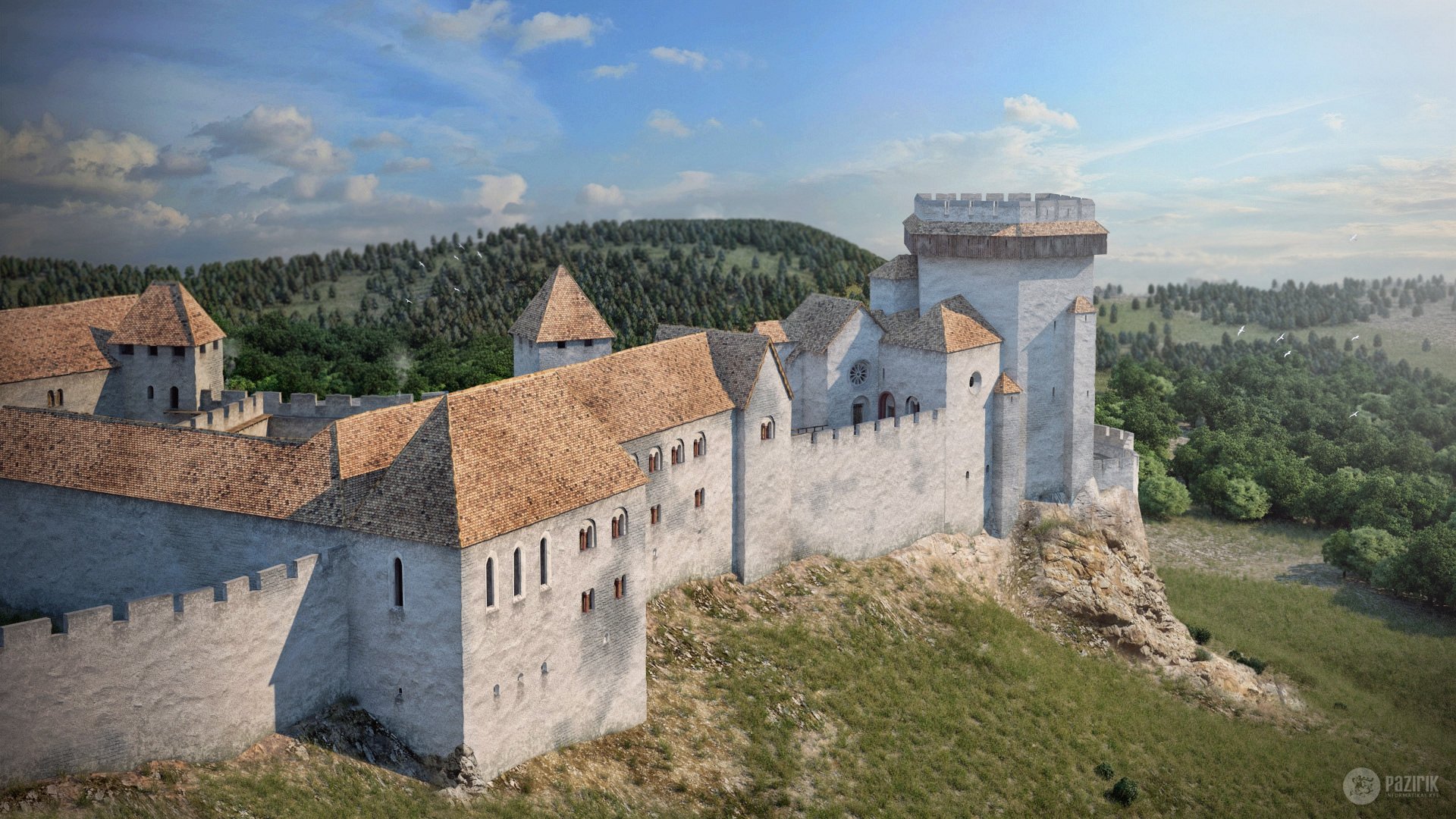
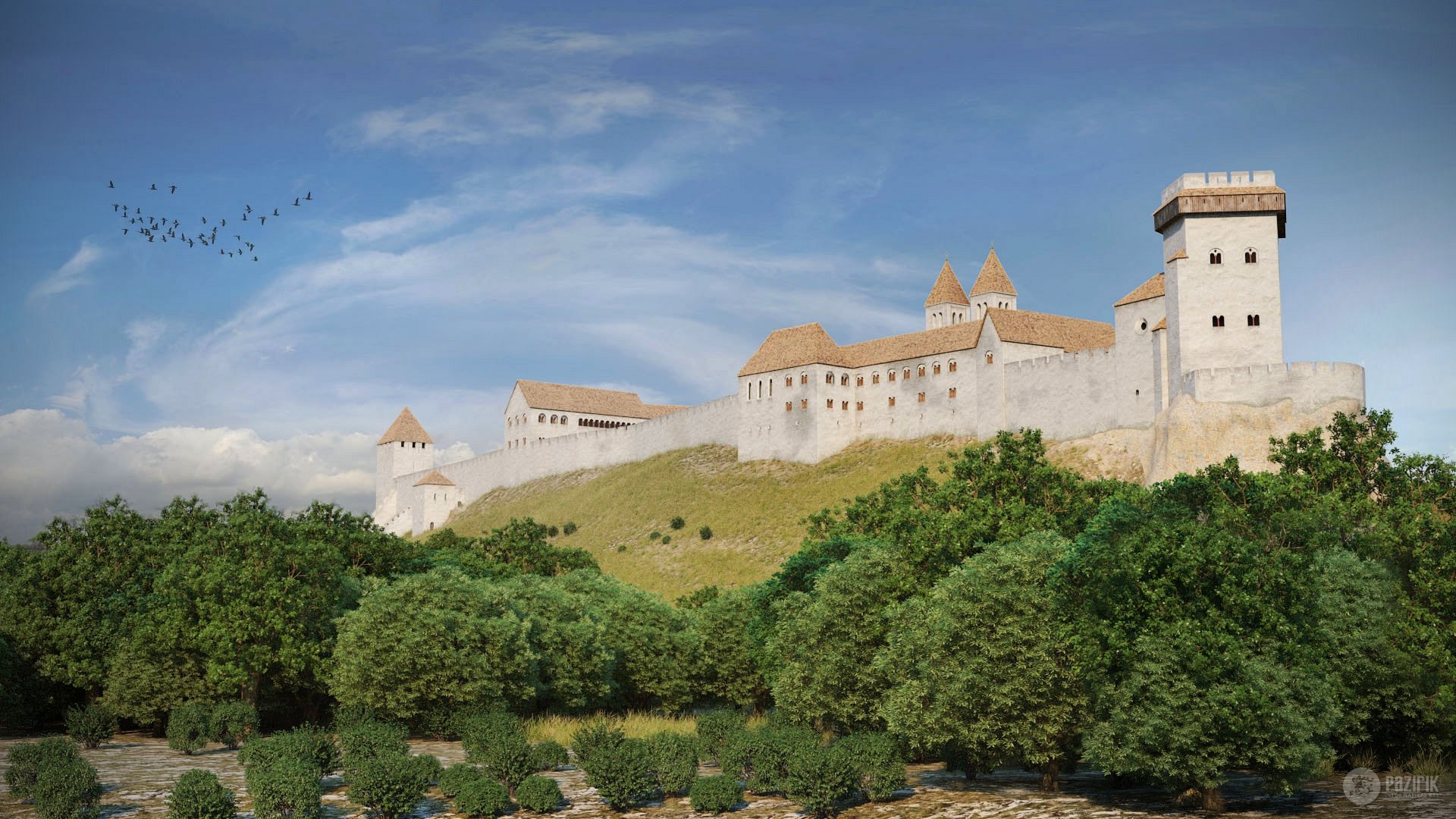

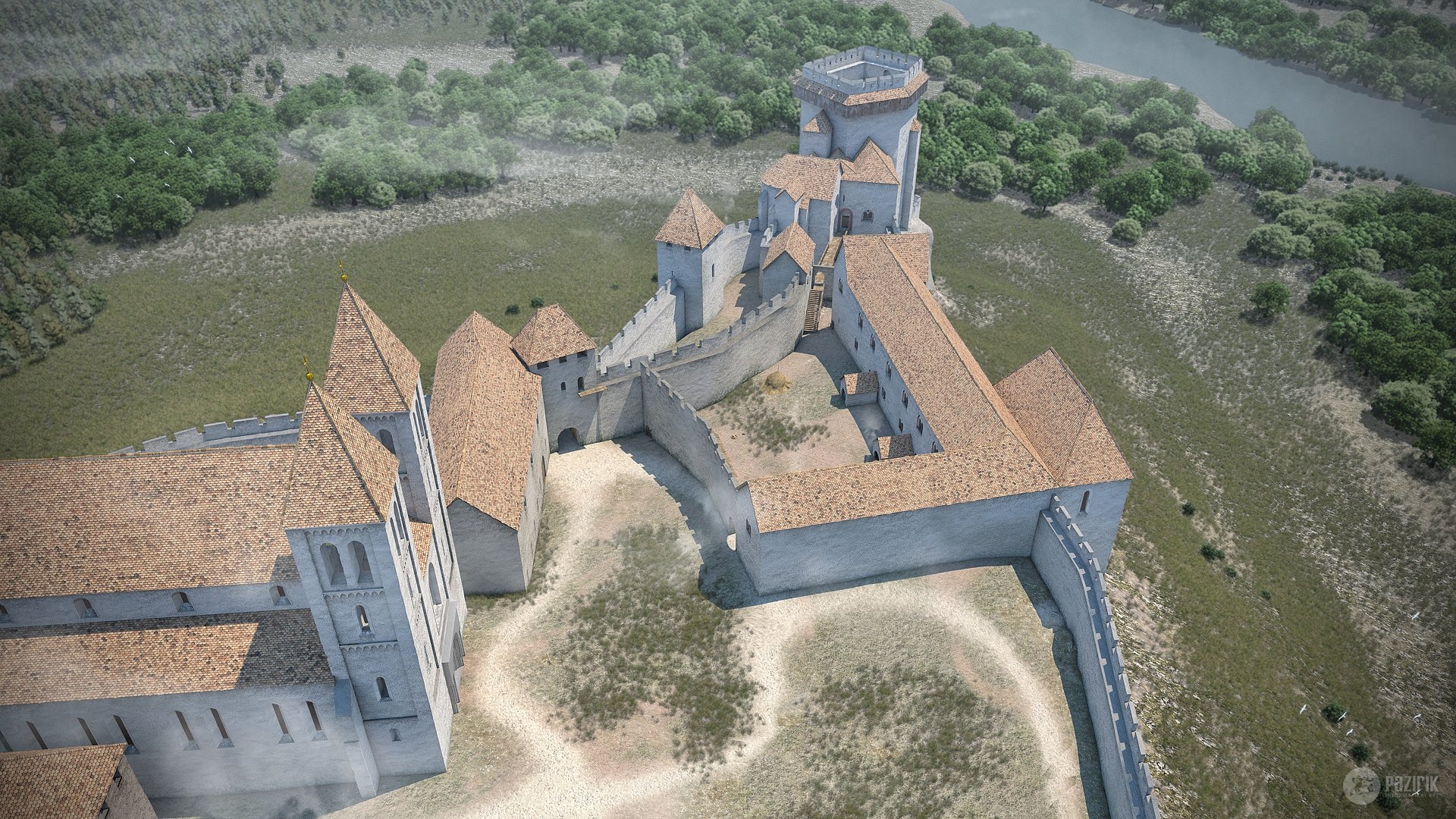
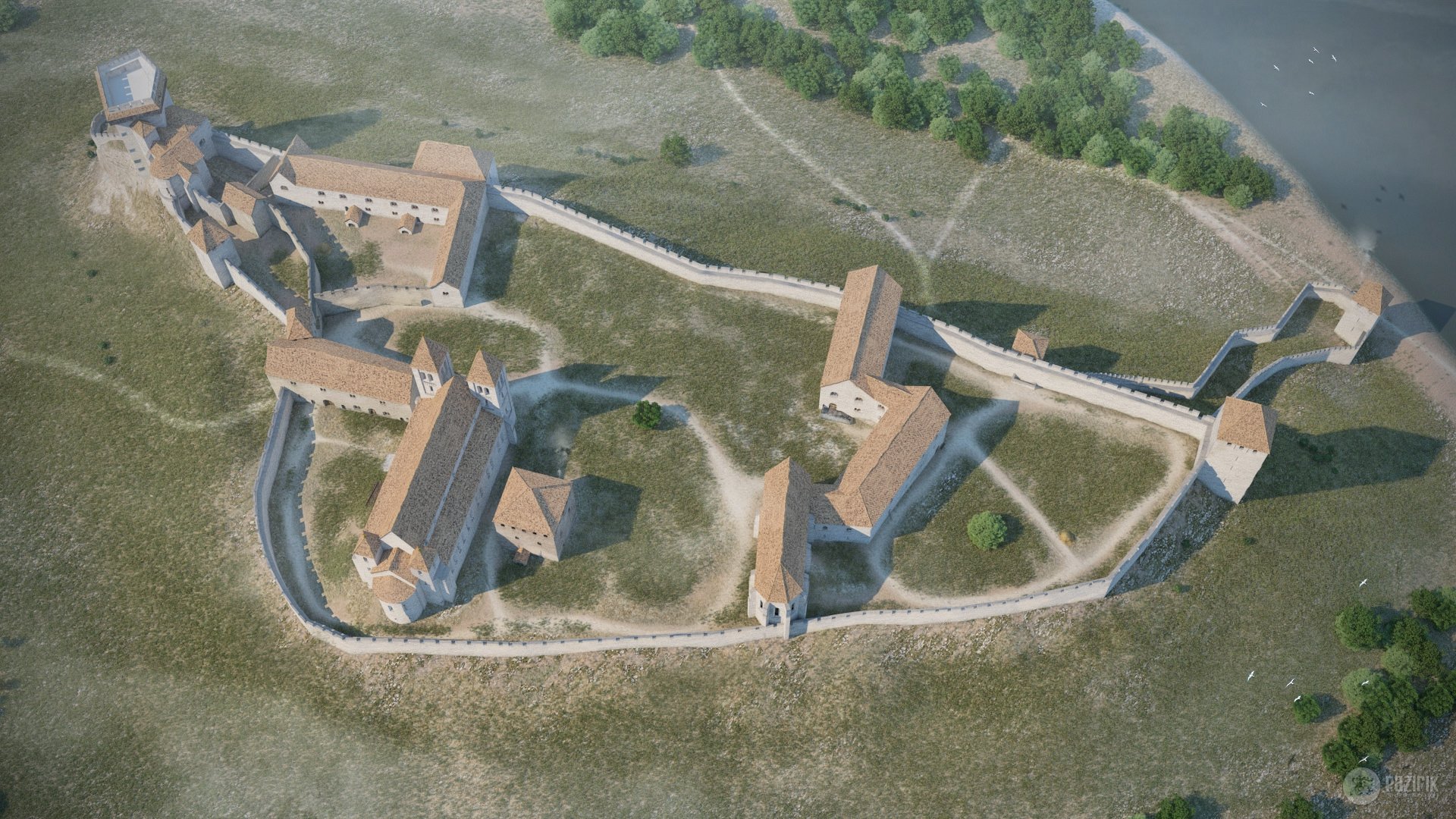
Esztergom castle
Esztergom was the capital of Hungary from the 10th till the mid-13th century when King Béla IV of Hungary moved the royal seat to Buda. Esztergom is the seat of the Primate of the Roman Catholic Church in Hungary, and the former seat of the Constitutional Court of the country. Its cathedral, Esztergom Basilica is the largest church in Hungary. The name Esztergom was first mentioned in documents in 1079. In 960, the ruling prince of the Hungarians, Géza, chose Esztergom as his residence. His son, Vajk, who later on became Saint Stephen of Hungary, was born in his palace built on the Roman castrum on the Castle Hill around 969-975. The prince’s residence stood on the northern side of the hill. The center of the hill was occupied by a basilica dedicated to St. Adalbert who, according to legend, baptised St. Stephen. The Church of St. Adalbert was the seat of the archbishop of Esztergom, the head of the Roman Catholic Church in Hungary. The castle successfully withstood a siege during the Mongol invasion, only the city was raided. In the 14th and 15th centuries Esztergom saw events of great importance and became one of the most influential acropolis of Hungarian culture alongside with Buda. The flourishing of Esztergom started around the time of the Anjou kings of Hungary, the opulent archbishopric made significant buildings on the castle hill. The summit of this golden age was at the time of Archbishop János Vitéz, a man of delicate renaissance education, when the dining palace was built on the side facing the river, and when the hanging gardens of European fame were created – their remains can still be seen on the side of the castle hill. Our animated movie with the reconstruction of several periods can be seen at Ópusztaszer exhibition.
